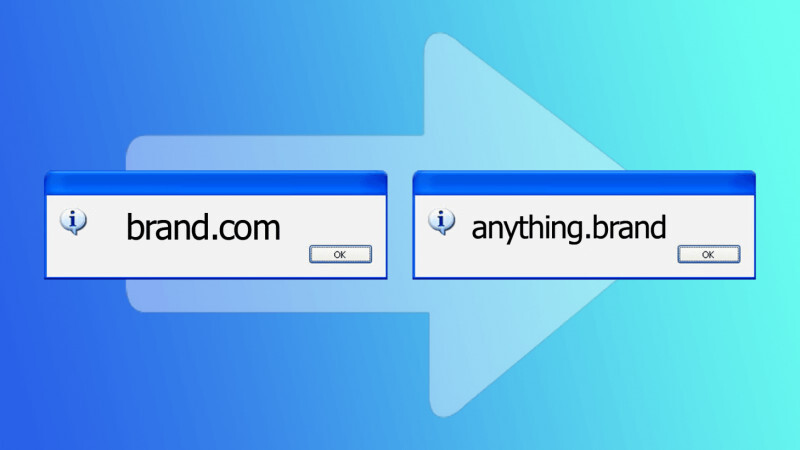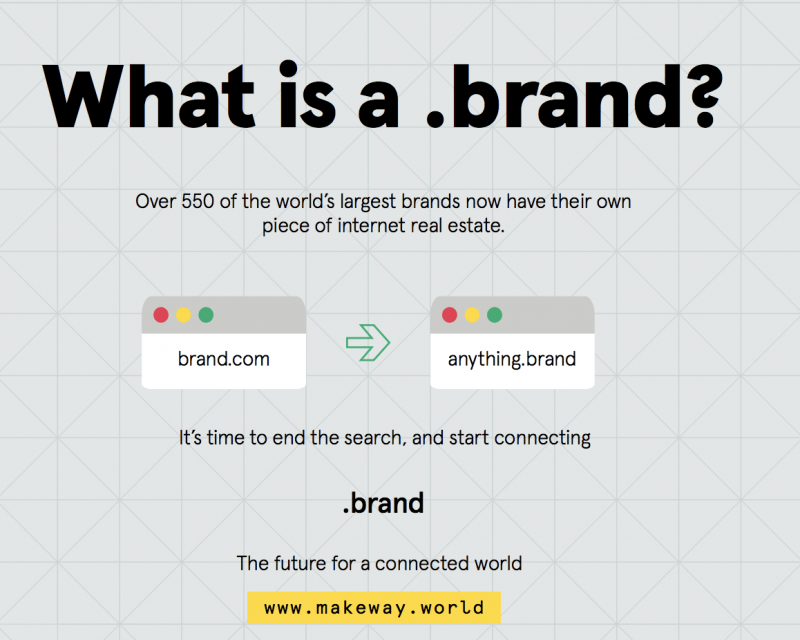
Let’s say that you’re a digital marketing lead at a Fortune 1,000 company. When it comes to achieving your goals—attracting, engaging, and retaining audiences—every card imaginable is stacked against you. Who’s going to listen to your story? How do you ensure that your message gets seen?
One approach to tackling this challenge involves creating domain-specific micro-sites like SAP’s Digitalist Magazine, which publishes topics on corporate innovation. Readers come to this destination knowing that they can learn about machine learning, AI, human-machine interaction, blockchain, and other technologies that are transforming societies around the world.
The challenge with concepts like “Digitalist Magazine,” however, is brand connection. Audiences may browse Digitalist Magazine without ever noticing that the ideas come from SAP. As the internet becomes vaster, communication becomes more fragmented. This market landscape creates opportunities for companies to step in and take ownership over their ideas.
“If you’re picking a name that is otherwise taken as .com, you’re competing with others in search engines,” says entrepreneur and marketer Thomas Jepsen, who runs ContractorQuotes.us. “The .com world has become a lot more saturated. If someone types in the name of your business, there’s no guarantee that your business will rank first.”
Re-architect how you think about your domain name. Your brand is a magnet.
Venturing beyond the .com landscape
Mark Josephson, CEO of Bitly describes domains as routing mechanisms. Marketers often don’t realize how impactful these queries can be.
“URLs have long been an unacknowledged utility, but as it became more important for brands to have a significant and memorable online presence, clever marketers started to use links differently,” says Josephson.
“Brands are recognizing how important their links are, and domains are at the core. We are seeing great interest and innovation in this space as brands start to see the value of new TLDs. Some of the most innovative uses of TLDs I’ve seen are in short domains like Papa John’s pj.pizza, Bethesda Game’s beth.games and Taco Bell’s ta.co.”
Top-level domains that audiences can recognize can make your brand stand out in an otherwise-crowded Internet.
“Links live in every interaction and are too visible to ignore,” says Josephson. “There has been value in not only creative domains but turning the top level domain into a new piece of context or branding.”
Exploring habits from trendsetters
In the last few years, the Internet Corporation for Assigned Names and Numbers (ICANN) announced a program that gives companies the ability to claim .[company name]. To promote the iPhone, for instance, Apple may use www.iPhone.apple instead of www.iPhone.com. When the program closed, more than 550 of the world’s largest brands had applied for a TLD.
Until another round is opened, these domains are limited to the brands that applied for them originally, giving them a true brand differentiator over those that didn’t apply.
In a way, a .brand domain is a futuristic idea. Few companies have them. Marketing masterminds are still figuring out how to use them.

Attracting and engaging an audience becomes easier if you have a memorable, reputable, and intriguing online presence. Neustar, a company that supports organizations with their .brand strategy and technology, has built a program around the following marketing pillars:
- A mechanism to make online content more accessible and domains easier to remember.
- A way to show that a brand is trustworthy since .brands are controlled exclusively by the organization itself
- Protect your brand’s supply chain among affiliates, partners, and sales channels, in a world where hackers may easily create a phishing website.
- Establish a unique brand identity.
Google: a case study
What’s a creative way to use a .brand? It’s not surprising that one of the innovative companies in the world has an innovative strategy.
“Initially this site launched at www.google.com/green, however in late December, the site was switched over to the new address www.environment.google – with the original domain now redirecting,” says Tony Kirsch, head of professional services at Neustar, in a blog post.
Very quickly, this domain structure positions Google as a company that cares about the environment.

Environment becomes a part of Google’s brand.
The takeaway
An effective .brand or any .[extension] needs to be a pull mechanism for attention. While .brands are limited to the companies that had the foresight to apply for one, many different types of organizations can take advantage of alternatives to .coms. The more that your company can tell a story with its domain, the better.
“Imagine going from canon.com to printer.canon, camera.canon, and of course, shop.canon,” says Jason Loyer, product management director of registry services at Neustar. “For the company, it’s easier to cross-promote; for the customer, it’s easier to remember.”
Prepare for the concept of the “domain” to undergo disruption in the coming years.
Get the TNW newsletter
Get the most important tech news in your inbox each week.






